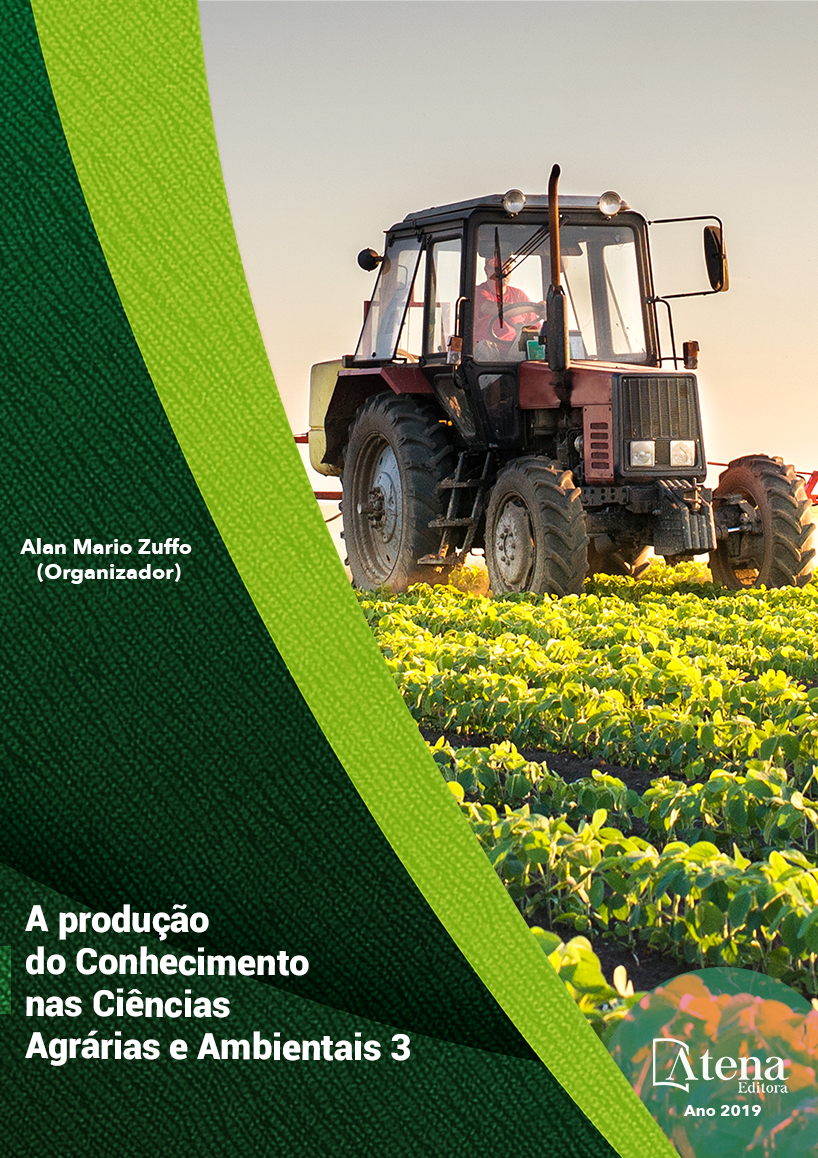
ESTUDO DA EFICIÊNCIA ENERGÉTICA DOS MATERIAIS UTILIZADOS NA CONSTRUÇÃO DE MORADIAS RURAIS
Casa própria com o mínimo de
qualidade reflete no padrão vida e bem-estar
das famílias sendo por isso meta de Política
Pública para o meio rural. Assim, este estudo
teve por objetivo analisar uma residência
típica financiada por programas habitacionais
brasileiros, com o intuito de classificá-la
dentro do Programa Nacional de Conservação
e Eficiência Energética em Edificações
(PROCEL-EDIFICA). Esta classificação tem
notas que variam de "A" a "E", de acordo
com a eficiência energética dos materiais e
consequente conforto térmico proporcionado,
sendo a nota "A" residências que podem ser até
30% mais eficientes que a nota "E". A análise foi
realizada na UFGD, Dourados - MS. O projeto
arquitetônico considerado foi para uma família
de 4 pessoas, dois dormitórios, um banheiro,
sala e cozinha, seguindo a NBR 15575/2013,
com fechamentos feitos de materiais diferentes:
bloco cerâmico com e sem revestimento; bloco
de concreto com e sem revestimento; concreto
maciço de 10cm sem revestimento externo e
com revestimento interno em gesso. Com este
estudo verificou-se que todos fechamentos
tiveram classificação "D" pelo selo PROCELEDIFICA,
sugerindo outros materiais que
proporcionem menor condutividade e maior
inércia térmica, proporcionando uma economia
energética que pode chegar a 30% se utilizados
sistemas de arrefecimento térmico.
ESTUDO DA EFICIÊNCIA ENERGÉTICA DOS MATERIAIS UTILIZADOS NA CONSTRUÇÃO DE MORADIAS RURAIS
-
DOI: 10.22533/at.ed.86919260414
-
Palavras-chave: Construção rural, certificação PROCEL-EDIFICA, materiais de construção.
-
Keywords: Rural construction, PROCEL labelling, construction materials.
-
Abstract:
House own with the minimum of
quality reflected in the standard living and wellbeing
of the families being therefore goal of
Public Policy for the rural environment. Thus, this study aimed to analyze a typical
residence financed by Brazilian housing programs, with the aim of classifying it within
the National Program for Energy Conservation and Efficiency in Buildings (PROCELEDIFICA).
This classification has grades varying from “A” to “E”, according to the
energy efficiency of the materials and consequent thermal comfort provided, the note
being “A” residences that can be up to 30% more efficient than the “E” . The analysis
was performed at the UFGD, Dourados - MS. The architectural project considered was
for a family of 4 people, two dormitories, a bathroom, living room and kitchen, following
the NBR 15575/2013, with closings made of different materials: ceramic block with
and without coating; concrete block with and without coating; 10cm solid concrete with
no external coating and plaster inner lining. This study showed that all closures were
rated “D” by the PROCEL-EDIFICA seal, suggesting other materials that provide lower
conductivity and greater thermal inertia, providing an energy saving of up to 30% if
thermal cooling systems are used.
-
Número de páginas: 15
- FELIPO LOVATTO
- RODRIGO COUTO SANTOS
- RAFAEL ZUCCA
- JULIANO LOVATTO
- RODRIGO APARECIDO JORDAN


